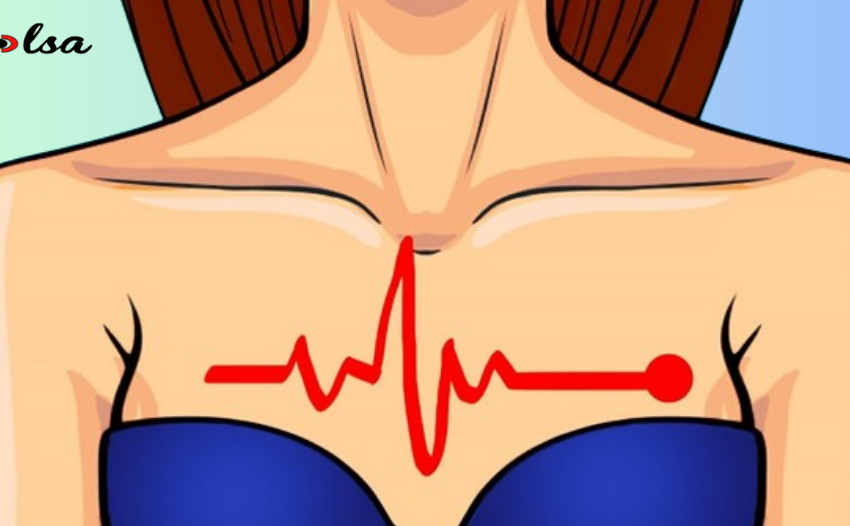What Those Ugly Lines on Your Nails Mean About Your Health (And How to Get Rid of Them)
Nail health is often overlooked in our daily health regimen. However, the appearance of our nails can provide valuable information about our overall health. Those seemingly insignificant lines or bumps on our nails can actually serve as important indicators of underlying health problems. In this comprehensive guide, we’ll dive into the different types of nail lines, what they may indicate about your health, and how you can effectively manage and prevent them.
1: Nail anatomy
To understand the importance of nail lines, it is first necessary to understand the basics of nail anatomy. Nails are made of a protein called keratin, which also makes up hair and skin. The nail plate is the hard surface that covers the nail bed, and it is this structure that can develop different types of lines or ridges.
2: Types of nail lines
Beau’s lines: These are deep grooves or indentations that run horizontally across the nail. It can indicate a disturbance in nail growth due to various underlying conditions such as severe illness, trauma, or nutritional deficiency.
Vertical ridges: These lines extend from the cuticle to the tip of the nail and are often a normal part of aging. However, they can also be associated with certain health conditions such as iron deficiency or rheumatoid arthritis.
Mohrke’s lines: These are paired white lines that appear across the width of the nail. It is usually a sign of low protein levels in the blood or some liver condition.
Terry Nails: In this condition, the nails appear mostly white with a narrow pink band at their tip. It can be an indicator of underlying systemic diseases such as cirrhosis, heart failure, or diabetes.
Lindsay’s nails: Characterized by a brown band extending from the tip to the cuticle, this can indicate chronic kidney disease or certain medications.
3: Health effects of nail lines
Understanding the different types of nail lines is crucial because they can serve as early warning signs of underlying health problems. By paying attention to changes in your nails, you may be able to detect potential health problems in their early stages, allowing for immediate medical intervention and treatment.
4: How to get rid of nail lines
While some nail lines may be unavoidable due to genetics or aging, there are steps you can take to improve the overall health and appearance of your nails:
Maintain a balanced diet: Eating a diet rich in vitamins, minerals and protein is essential to promote healthy nail growth. Incorporate foods such as fruits, vegetables, lean proteins, and whole grains into your meals.
Stay hydrated: Adequate hydration is essential for maintaining healthy nails. Drink plenty of water throughout the day to keep your nails and skin hydrated.
Practice good nail hygiene: Keep your nails clean and dry to prevent bacterial or fungal infections. – Trim your nails regularly and avoid biting or cutting them.
Use moisturizers: Apply moisturizing creams or oils to your nails and cuticles to prevent dryness and brittleness.
Protect your nails: Wear gloves when engaging in activities that may expose your nails to harsh chemicals or excess moisture.
Seek medical attention: If you notice any significant changes in the appearance of your nails, such as new or worsening lines, discoloration, or pain, see a dermatologist or health care provider for evaluation and treatment.
Nail lines may seem like a minor cosmetic issue, but they can provide valuable information about your overall health. By understanding the different types of nail lines and their potential effects, you can take proactive steps to protect your health and well-being. Remember to prioritize nail care as part of your overall self-care routine, and don’t hesitate to seek medical attention if you have any concerns about the health of your nails. With proper care and attention, you can maintain strong, healthy nails for years to come.



